Kartu Indonesia Sehat (KIS) :- Revolutionizing Healthcare Access for All Indonesians.
Unlocking the Benefits of Kartu Indonesia Sehat :- Your detail Guide.

Introduction :-
Kartu Indonesia Sehat (KIS) stands as a beacon of hope in Indonesia’s healthcare landscape, promising access to essential medical services for millions of Indonesians. Established with the aim of improving healthcare accessibility and affordability, KIS has become a vital lifeline for individuals and families across the archipelago. In this comprehensive guide, we will delve into the intricacies of KIS, exploring its origins, eligibility criteria, application process, coverage details, and strategies for maximizing its benefits.
In Indonesia, ensuring access to quality healthcare for all citizens has long been a priority. However, the reality is that millions of Indonesians, particularly those from low-income households and vulnerable communities, face significant barriers to accessing essential healthcare services. Recognizing this challenge, the Indonesian government launched Kartu Indonesia Sehat (KIS) in 2014, a groundbreaking initiative aimed at providing comprehensive healthcare coverage to those in need.
In this in-depth guide, we will explore the intricacies of KIS, its eligibility criteria, operational mechanisms, and the transformative impact it has had on healthcare accessibility and outcomes across the archipelago.
Table of Contents
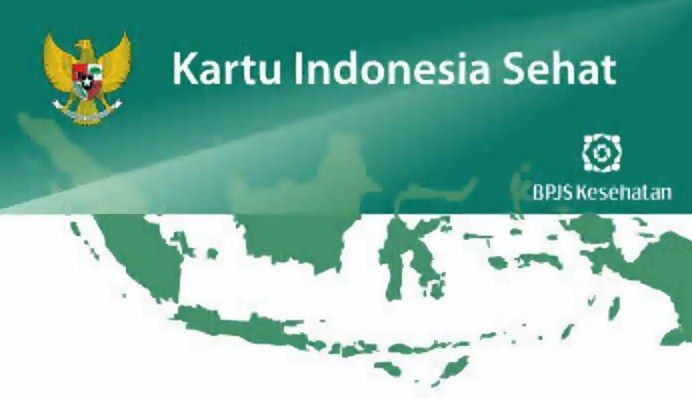
1} Understanding Kartu Indonesia Sehat :-
At its core, Kartu Indonesia Sehat is a health insurance program designed to ensure that all Indonesians, regardless of their socioeconomic status, have access to essential healthcare services. By providing financial protection and eliminating barriers to healthcare access, KIS aims to improve health outcomes, reduce disparities, and ultimately contribute to the nation’s social and economic development.
KIS, also known as the Indonesia Health Card, is a government-sponsored healthcare program aimed at providing basic healthcare services to low-income individuals and families. Launched in [year], it has since evolved into a cornerstone of Indonesia’s healthcare system, embodying the nation’s commitment to universal healthcare coverage.
To be eligible for KIS, individuals must meet certain criteria, including income thresholds and demographic specifications. While initially targeted at low-income households, recent expansions have broadened eligibility criteria to include a wider segment of the population, ensuring that more Indonesians can benefit from its provisions.
The coverage provided by KIS encompasses a range of medical services, including outpatient care, hospitalization, prescription medications, maternal and child health services, and preventive care. By accessing accredited healthcare facilities and providers, KIS beneficiaries can avail themselves of these services at little to no cost, alleviating the financial burden associated with healthcare expenses.
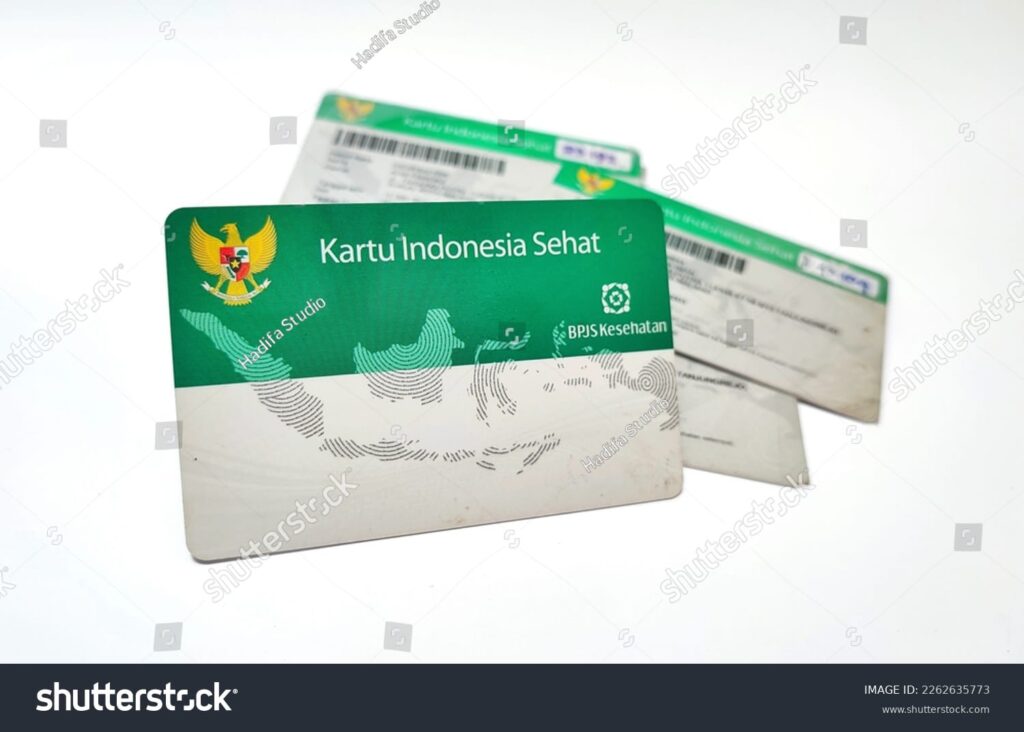
2} Eligibility Criteria for Kartu Indonesia Sehat :-
The eligibility criteria for KIS are primarily based on socioeconomic indicators, including income level, family composition, and geographical location. Priority is given to low-income households, individuals with disabilities, pregnant women, children, and the elderly, who are most vulnerable to health-related risks. While specific criteria may vary by region, the overarching goal is to target those who are most in need of healthcare support.
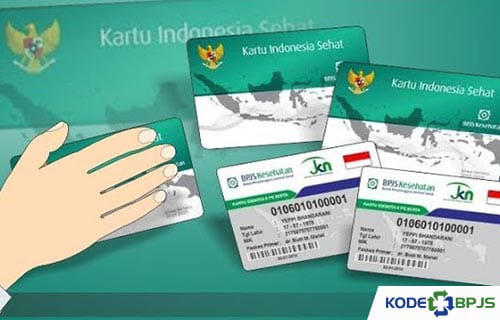
3} The Application Process :-
Navigating the application process for KIS can seem daunting, but with the right guidance, it becomes more manageable. Prospective applicants must gather the necessary documentation, including proof of identity, residency, and income, before proceeding to the nearest KIS registration center.
Once there, applicants will be guided through the registration process, which typically involves filling out forms, providing biometric data, and undergoing a means test to determine eligibility. It’s important to approach the application process with patience and diligence, ensuring that all required documents are in order to avoid delays or complications.
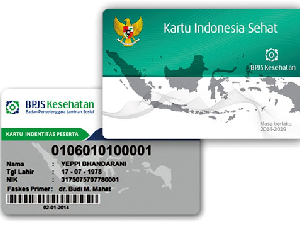
4} Making the Most of Kartu Indonesia Sehat :-
While obtaining KIS is a significant achievement, maximizing its benefits requires proactive engagement and informed decision-making. Beneficiaries should familiarize themselves with the list of accredited healthcare providers and facilities to ensure seamless access to services when needed.
Moreover, understanding the scope of coverage offered by KIS empowers beneficiaries to make informed choices about their healthcare needs. Whether seeking routine check-ups, emergency care, or specialized treatments, knowing what services are covered under KIS helps individuals make the most of their healthcare entitlements.
In addition to medical services, KIS offers preventive care and health education initiatives aimed at promoting overall well-being and disease prevention. By taking advantage of these resources, beneficiaries can proactively manage their health and reduce the likelihood of developing chronic conditions.

5} Operational Mechanisms of Kartu Indonesia Sehat :-
Once enrolled in the program, KIS cardholders gain access to a comprehensive package of healthcare services, including primary care, hospitalization, laboratory tests, medications, and preventive interventions. Participating healthcare facilities, which include public health centers, hospitals, and clinics, are reimbursed by the government for the services provided to KIS beneficiaries.
This cashless system ensures that cardholders receive necessary care without incurring financial burdens at the point of service.
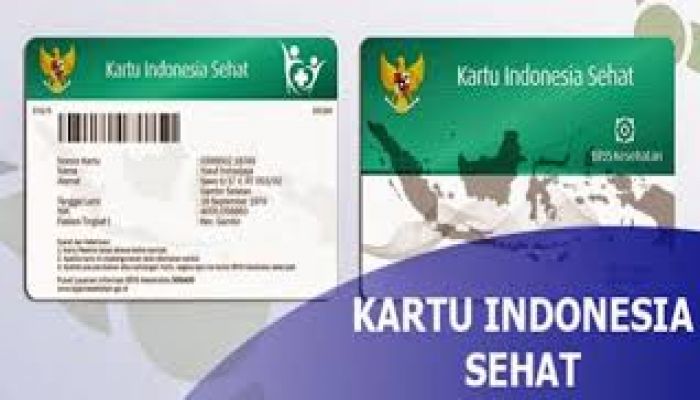
6} The Benefits of Kartu Indonesia Sehat :-
- Universal Access to Healthcare :– KIS ensures that all eligible individuals, regardless of their financial means, have access to essential healthcare services, thereby promoting health equity and social inclusion.
- Financial Protection :– By covering the costs of healthcare services, KIS protects cardholders from catastrophic health expenditures, preventing them from falling into poverty due to medical expenses.
- Promotion of Preventive Care :– Through coverage for preventive interventions such as vaccinations, health screenings, and health education programs, KIS encourages proactive health-seeking behavior and helps prevent the onset of diseases.
- Improved Health Outcomes :– Access to timely and appropriate healthcare services under KIS leads to improved health outcomes, reduced morbidity and mortality rates, and enhanced quality of life for beneficiaries.
- Empowerment of Vulnerable Communities :– KIS empowers vulnerable populations, such as women, children, and people with disabilities, by providing them with the resources and support needed to maintain optimal health and well-being.
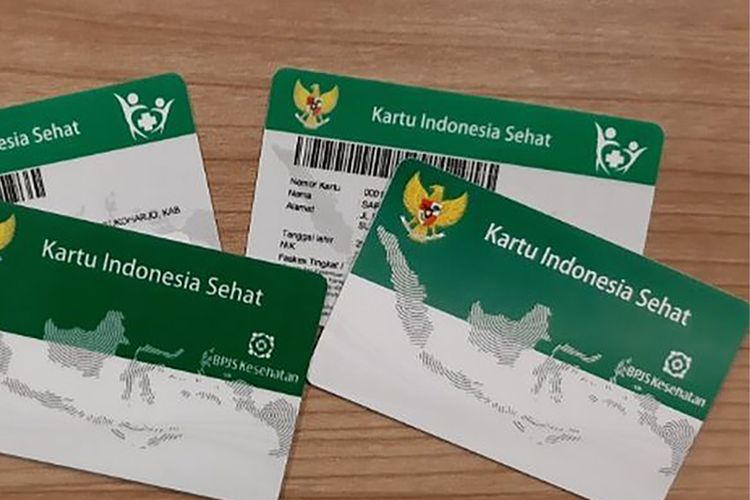
7} Frequently Asked Questions :-
As with any government program, KIS is accompanied by a myriad of questions and concerns from prospective applicants and beneficiaries alike. Common queries revolve around eligibility criteria, coverage limitations, renewal procedures, and the appeals process for denied applications.
It’s essential to address these questions comprehensively, providing clear and accurate information to alleviate any uncertainties or misconceptions. By addressing frequently asked questions upfront, individuals can navigate the complexities of KIS with confidence and clarity.

8} Success Stories and Testimonials :-
Behind every policy initiative lies a tapestry of human experiences, each one a testament to the impact it has on people’s lives. Sharing success stories and testimonials from KIS beneficiaries offers a glimpse into the tangible benefits of the program, showcasing how access to healthcare can transform lives and communities.
Whether it’s a mother receiving life-saving treatment for her child or an elderly individual accessing essential medications, these stories underscore the importance of KIS in safeguarding the health and well-being of Indonesians from all walks of life.

9} Additional Resources and Support :-
In addition to the information provided in this guide, a wealth of resources and support services are available to KIS beneficiaries. From toll-free hotlines to online portals, individuals can access a range of tools and assistance to navigate the intricacies of the program.
Furthermore, community-based initiatives and grassroots organizations play a pivotal role in supporting KIS beneficiaries, offering advocacy, outreach, and educational programs to empower individuals and families to make informed healthcare decisions.
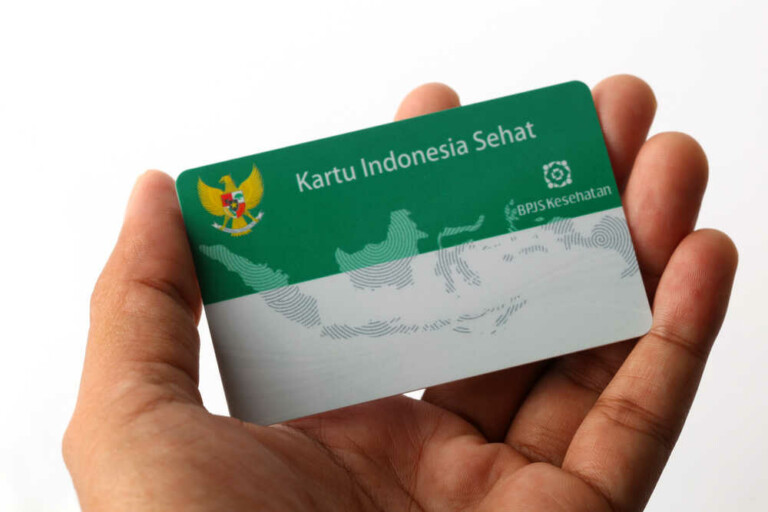
Link :- https://bpjs-kesehatan.go.id/user-manual-mobile-jkn/mobilejkn/menampilkanmengirimkis.html
10} Conclusion :-
In conclusion, Kartu Indonesia Sehat represents a beacon of hope and progress in Indonesia’s healthcare journey, embodying the nation’s commitment to ensuring universal access to essential medical services. By understanding the nuances of KIS, individuals can harness its benefits to safeguard their health and well-being, paving the way for a healthier and more resilient society.
As we’ve explored in this comprehensive guide, KIS offers far more than just medical coverage; it embodies a vision of inclusivity, equity, and dignity for all Indonesians. By embracing the opportunities afforded by KIS and advocating for its expansion and improvement, we can collectively work towards a future where healthcare is truly accessible to all.
